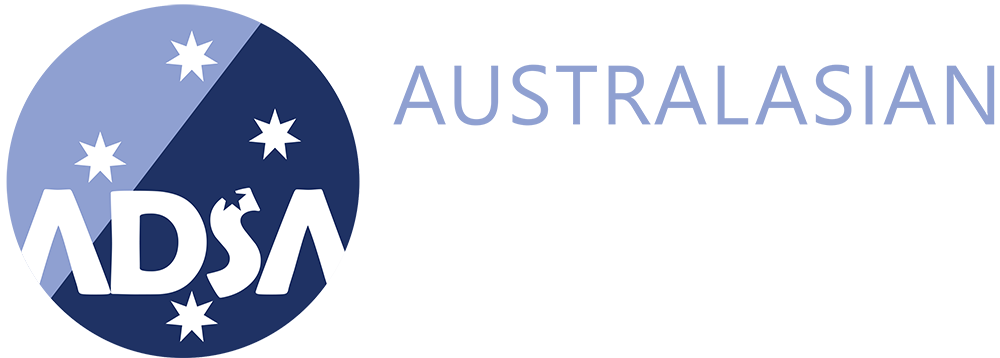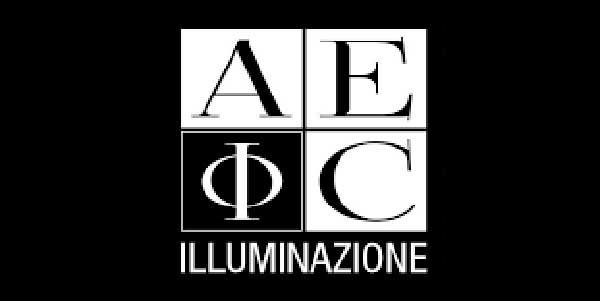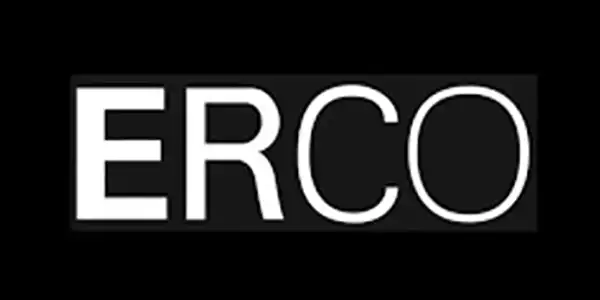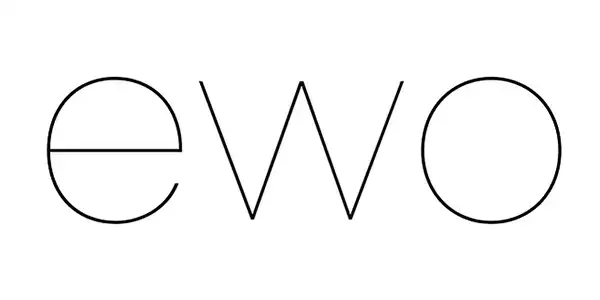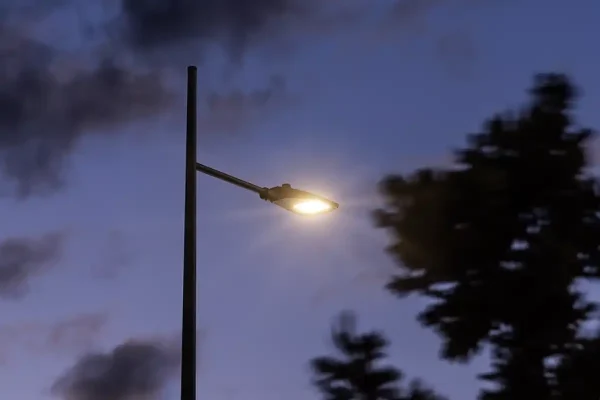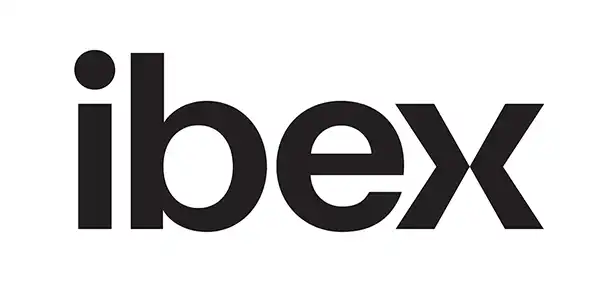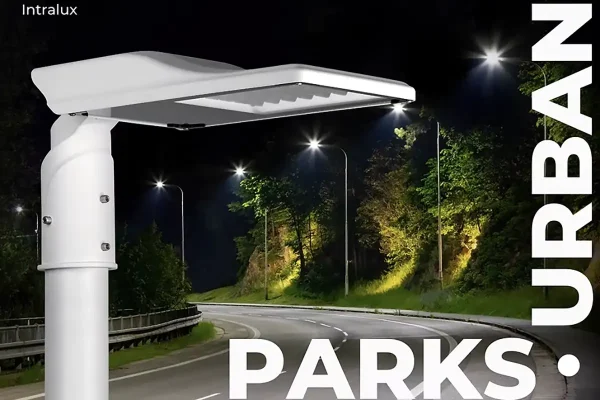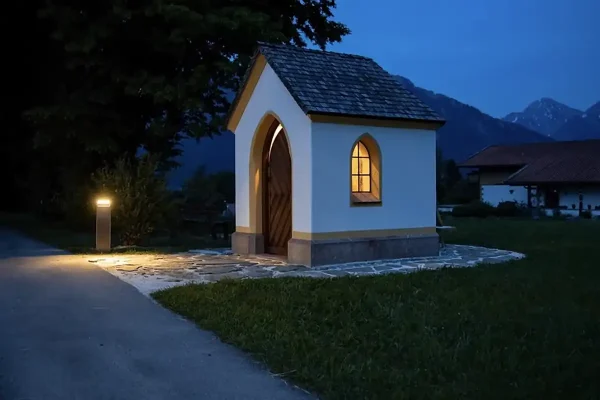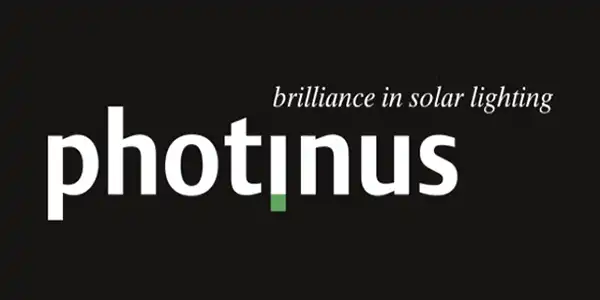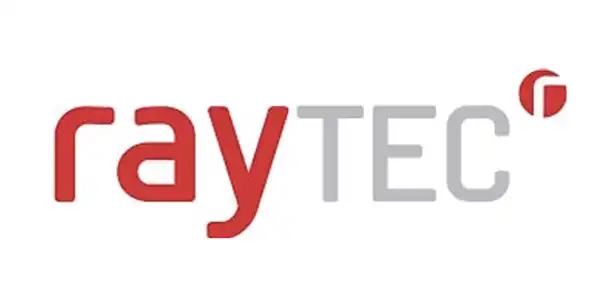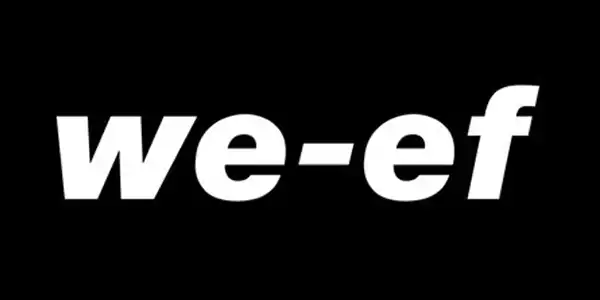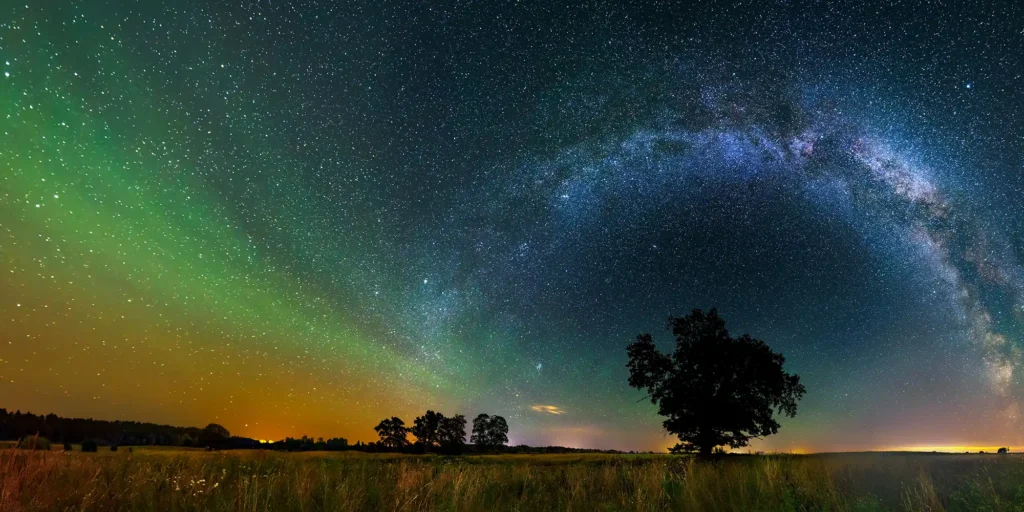ADSA Approved Lighting
ADSA APPROVED certified Luminaires prioritise precision, efficiency, and environmental care – specifically designed for Australian conditions and the Australian Marketplace.
Lighting Solutions That Protect Our Night Skies
ADSA Approved luminaires are engineered to direct light only where it’s needed, reducing glare, spill, and skyglow, and helping to preserve dark skies for future generations.
Three tiers make it easy to choose the right solution for any space:
1. ADSA Approved delivers trusted best practice lighting for everyday areas, reducing glare and waste.
2. ADSA Prized celebrates precision designed luminaires that go further, ideal for heritage sites, astrotourism hotspots, and sensitive corridors.
3. ADSA Prized for Wildlife offers the highest level of environmental care, created with ecologists to protect habitats and species that depend on darkness. Whatever your space, our endorsements guide you to lighting that’s better for people, wildlife, and the planet.
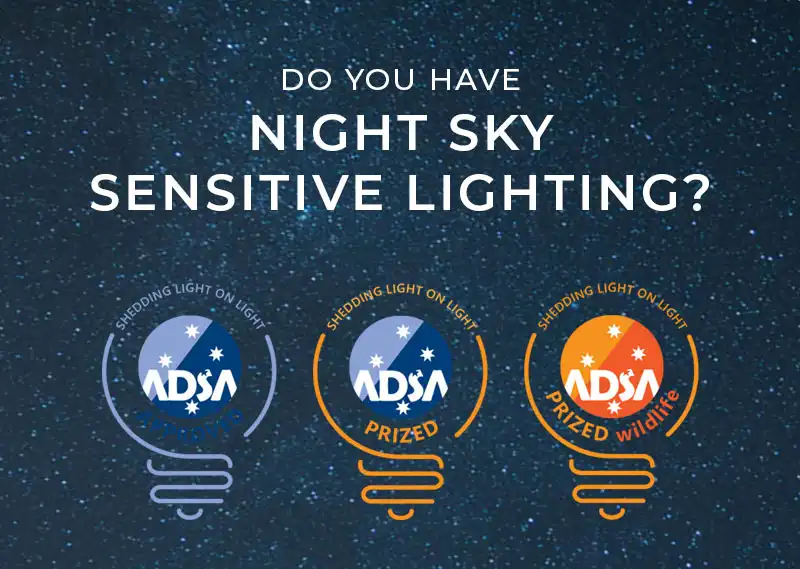
Get Your Product Assessed
Best Practice Lighting
Good lighting doesn’t just illuminate spaces – it protects people, wildlife, and the night. Our Best Practice Lighting guidelines help councils, businesses, and communities design lighting that is safe, efficient, and dark sky friendly. Learn how to reduce glare, save energy, and create spaces that work with nature, not against it.
Certified luminaires
The following luminaires have been certified by independent assessors as those adhering to ADSA criteria.
The following luminaires have been certified by independent assessors as those adhering to ADSA criteria.
In the pursuit of reducing light pollution, ADSA believes manufacturers, producing night sensitive lighting, should be recognised for their innovations, and commitment in educating the benefits of full cut-off, warm colour temperature and minimal lighting.
